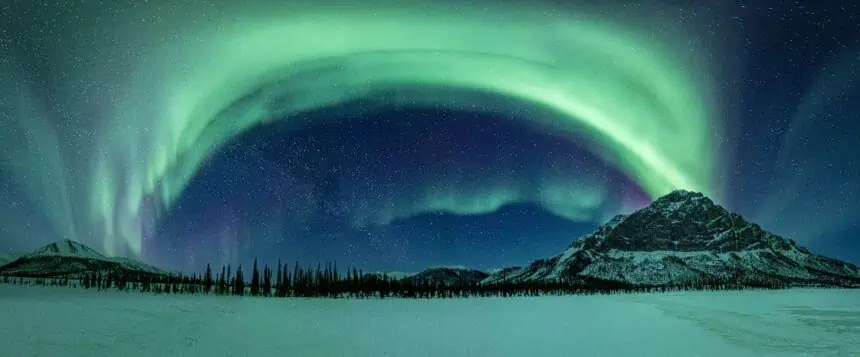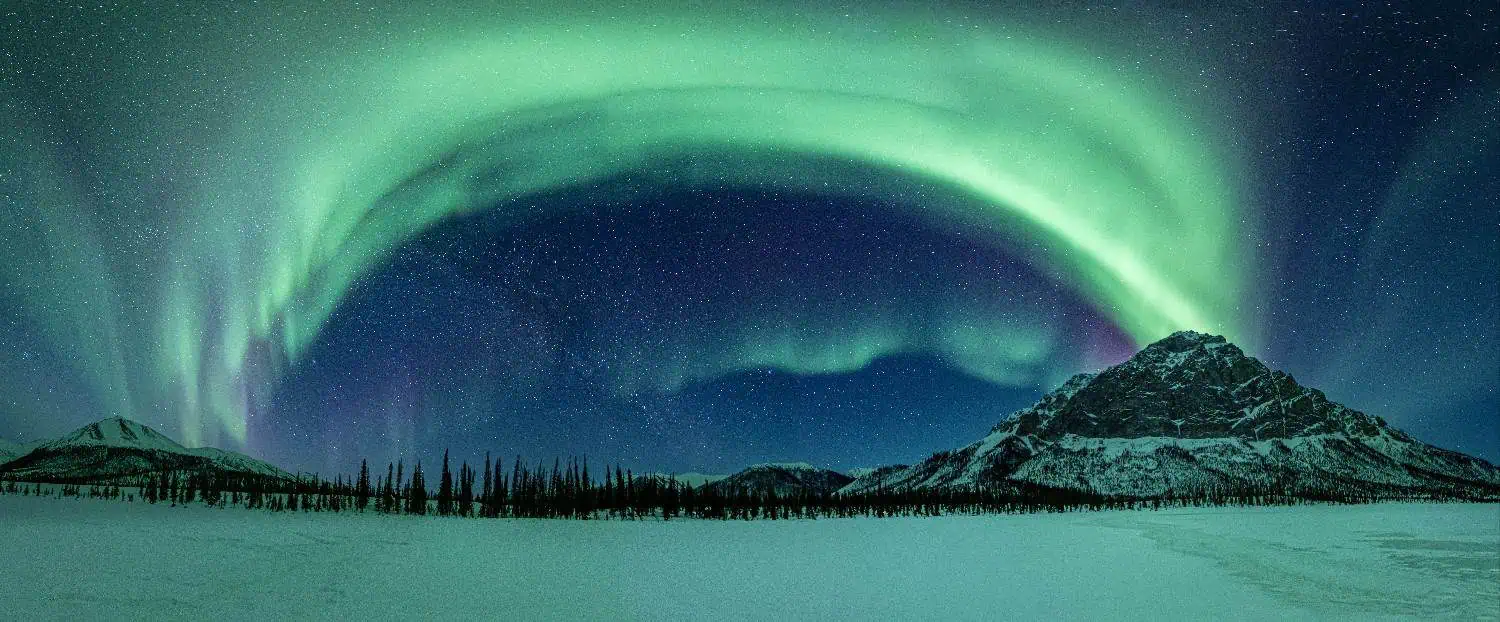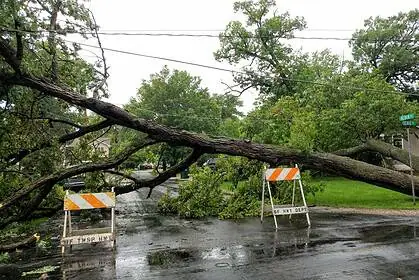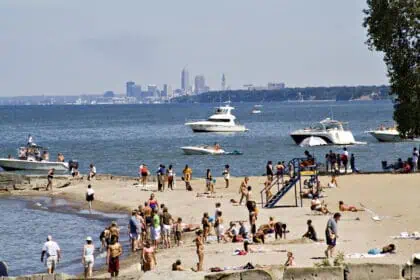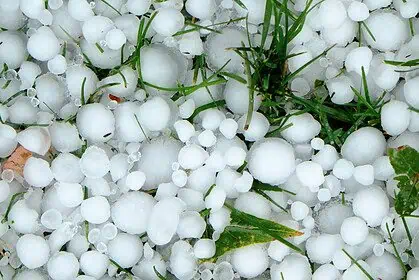Aurora borealis may be visible Thursday night into Friday morning across parts of the northern U.S.
NEW YORK – Thursday, June 19, 2025, 8:00 PM (ET) – According to the latest forecast from the National Oceanic and Atmospheric Administration (NOAA), some minor geomagnetic storms are expected to disturb the Earth’s magnetic field overnight, potentially making the northern lights visible across several northern states.
Kp index of 5: increased auroral activity expected
The Kp index is forecast to reach 5 on a scale of 9, indicating moderate geomagnetic activity that could allow the aurora borealis to be seen further south than usual. Activity is expected to peak overnight Thursday into early Friday morning, with some continued but weaker chances into the following night.
Where the northern lights may be visible
Based on NOAA’s auroral maps, the “view line” — the southern edge of potential visibility — extends into northern Iowa, Montana, North Dakota, northern Minnesota, northern Wisconsin, and Michigan’s Upper Peninsula. There’s a lesser but possible chance in parts of northern Washington, northern Idaho, northern New York, Vermont, New Hampshire, and Maine. While Alaska has a high probability, lingering daylight may prevent visibility.
Best viewing window: between 10 p.m. and 2 a.m. local time
NOAA notes that the best chance to see the northern lights is typically between 10:00 PM and 2:00 AM local time. Even with lower geomagnetic activity (Kp 3 or 4), the aurora may be visible if skies are clear, and the viewer is far from artificial light and has a north-facing view from an elevated spot.
Solar activity peak in 2024 driving continued auroras in 2025
The current surge in northern lights sightings follows a solar maximum reached in October 2024, marked by intense solar flares and coronal mass ejections. These events release charged particles that collide with oxygen and nitrogen in the atmosphere, producing the aurora’s glowing displays. While the aurora can appear year-round, it’s most visible between late September and March, when nighttime hours are longest.
Quieter conditions expected in coming nights
NOAA’s three-day outlook shows auroral activity will likely decline by Friday night, with a maximum Kp index just above 3, and down to 2 by Saturday, which suggests lower chances for further displays this weekend.

